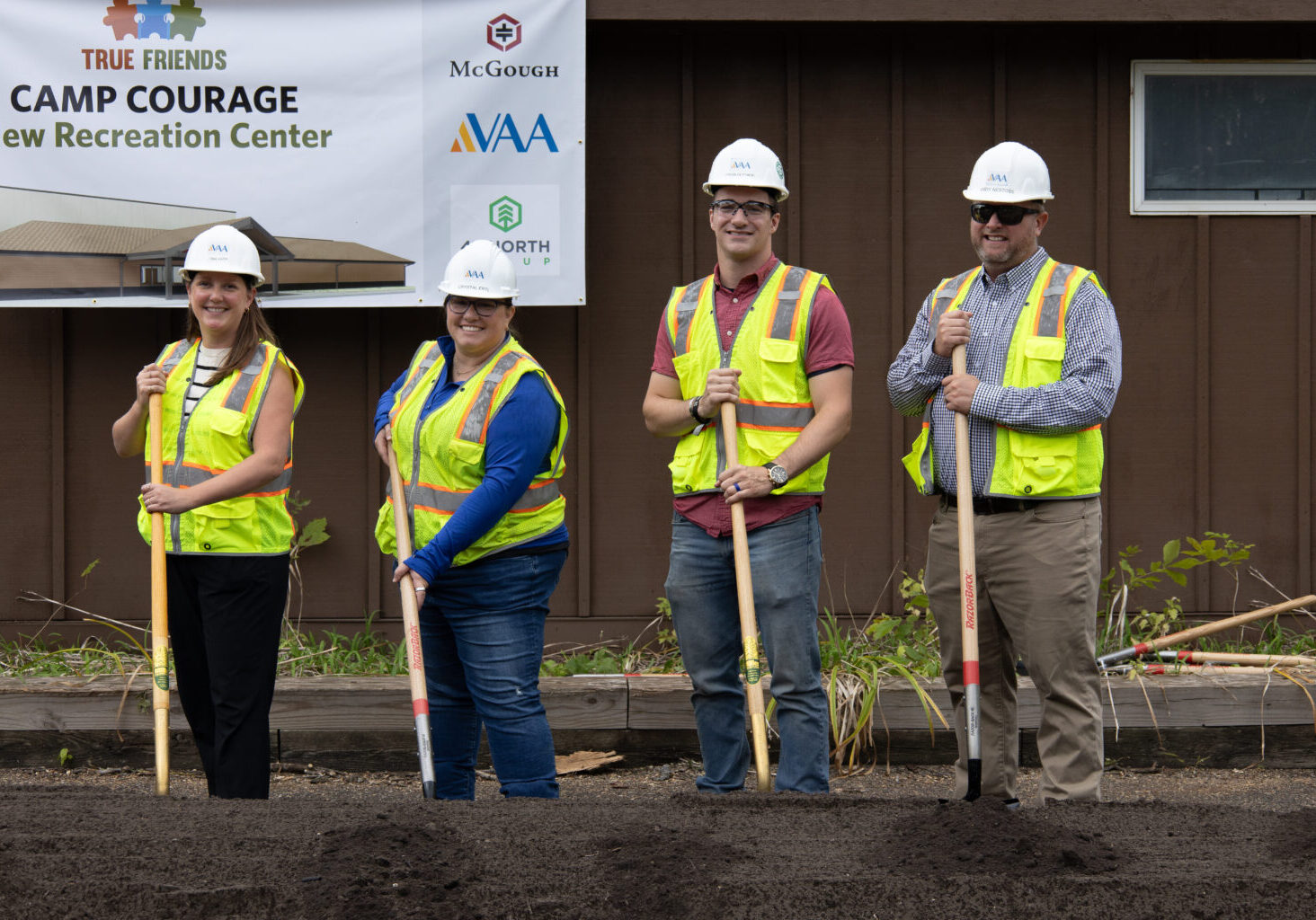VAA News | February 24, 2019
NFPA 61 & 652: DHA Requirements
 WHAT IS A DHA?
WHAT IS A DHA?
A Dust Hazard Analysis (DHA) is a systematic review to identify and evaluate potential fire, flash fire, or explosion hazards associated with the presence of one or more combustible dusts and combustible particulate solids in a process facility. The National Fire Protection Association (NFPA) now requires DHAs to be performed on both new and existing facilities. The purpose of the DHA is to help owners / operators to prioritize management of dust hazards and generate plans to manage risks for deflagration.
UNDERSTANDING CHANGING STANDARDS
Starting in 2016, DHAs were introduced as a requirement for new and existing facilities in NFPA 652.1 A DHA identifies and documents the areas of a facility where combustible dust hazard exists, then identifies existing safeguards in place as well as recommendations for additional safeguards where warranted including a plan for implementation.
Starting in 2017, the industry specific NFPA standards added the requirement for owner / operators to perform a DHA for all newly constructed facilities and retroactively on all existing facilities. The deadlines for completing DHAs on existing facilities are based on the applicable NFPA standard as follows:
NFPA 61 (2020 ed.): January 1, 20222
NFPA 652 (2019 ed.): September 7, 20203
NFPA 654 (2020 ed.): September 7, 20204
The NFPA also requires the DHA be reviewed and updated at least every five years.5
The International Building Code (IBC) incorporates many sections of the NFPA standards into its requirements. As of 2006, the IBC requires any facility handling or storing materials that can produce combustible dust to comply with NFPA 61.
The IBC added NFPA 652 as a requirement in its 2018 version and plans to add 654 in a future version. In the 2015 International Fire Code (IFC), NFPA 61 and 654 were added as explosion protection standards. A DHA is required if the Authorities Having Jurisdiction (state / county / city) have adopted IBC 2006 or IFC 2015 or newer as its governing code, unless specific exclusion of NFPA standards is referenced.
In addition, there may be local adoption of the NFPA standards that require a DHA regardless of what version of the IBC or IFC is enforced. Insurance companies are also starting to require completion of a DHA before underwriting a new facility or expansion of an existing facility.

WHAT IS INVOLVED
In general, a DHA includes four major steps.
- Determine if you have combustible or explosible dusts present in an enclosure.6
Note: Material testing per NFPA 652, chapter 5 may be required to determine presence of combustible or explosible dust.7 - If so, perform DHA in accordance with NFPA 652, chapter 7 and document observations and any associated action items.8
- Implement action items from the DHA.9
- Maintain the DHA and review / update every five years.10
The NFPA does not provide a standard format for performing a DHA; however, it does include example formats in NFPA 61: Annex F and NFPA 652: Annex B.
These examples are intentionally vague to allow the user to match their chosen analysis format with the complexity and extent of the facility and its processes.
Once the DHA is assembled it will assist the owner in prioritizing the hazards and any mitigation plans to manage those hazards.
DHAs have only recently been added to IBC code, but are currently required in many jurisdictions and being requested by code officials. The DHA is a valuable tool for facility owners / operators to better understand actions to make their facility safer and cleaner for employees while providing a guideline for what hazards exist and the prior-ity in which they should be addressed.
WHAT IT MEANS FOR YOU
The IBC and NFPA require compliance with the new DHA requirements. These requirements apply to new facilities, renovated facilities and even operational facilities not undergoing any modifications.
NFPA requires owner / operators demonstrate reasonable progress in the development of DHA each year leading up to the deadline for completion.11 A DHA can help identify where a facility is compliant or areas of concern and offer solutions.
It is important to begin work now to maintain compliance with NFPA and plan for work that arises due to the DHA. Safety should be a priority. The painful results of ignoring dust hazards can include serious injury or loss of life, as well as costly equipment failure and dust deflagration.
_____________________________________________________________
References:
1. Ref. 652: pages 1 & 2
2. Ref. 61: 7.1.2.2
3. Ref. 652: 7.1.1.2
4. Ref. 654: 7.1.1.2
5. Ref. 652: 7.1.4
6. Ref. 652: 7.1.2
7. Ref. 652: 5.2
8. Ref. 652: 5.1.1
9. Ref. 652: 7.3.1(2)
10. Ref. 652: 7.1.4
11. Ref. 654: 7.1.1.3 & 652: 7.1.1.3
Share with a Friend
Recent Posts
Let's connect.
Whether you need a new or expanded facility, a process designed or debottlenecked, life safety or structural analysis… VAA can help you grow.






